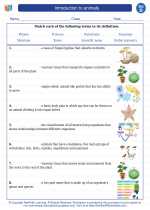Introduction to animals -> birds
Birds
Birds are a group of warm-blooded vertebrates constituting the class Aves, characterized by feathers, toothless beaked jaws, the laying of hard-shelled eggs, a high metabolic rate, a four-chambered heart, and a strong yet lightweight skeleton. They are found in a variety of habitats worldwide and are known for their ability to fly.
Characteristics of Birds:
- Feathers
- Toothless beaked jaws
- Hard-shelled eggs
- High metabolic rate
- Four-chambered heart
- Lightweight skeleton
Study Guide
1. What are the key characteristics of birds?
The key characteristics of birds include feathers, toothless beaked jaws, the laying of hard-shelled eggs, a high metabolic rate, a four-chambered heart, and a strong yet lightweight skeleton.
2. What is the significance of feathers for birds?
Feathers provide insulation, enable flight, and are used for display and communication among birds.
3. How do birds reproduce?
Birds reproduce by laying hard-shelled eggs, which are then incubated until they hatch into offspring.
4. What is the role of birds in various ecosystems?
Birds play a crucial role in various ecosystems as pollinators, seed dispersers, and as predators of insects and small animals. They also contribute to the balance of food webs in their respective habitats.
5. What are some examples of bird adaptations for flight?
Adaptations for flight in birds include lightweight bones, powerful flight muscles, and aerodynamic feathers.
.◂Science Worksheets and Study Guides Fourth Grade. Introduction to animals

 Worksheet/Answer key
Worksheet/Answer key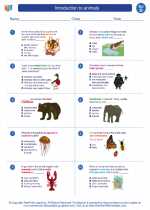
 Worksheet/Answer key
Worksheet/Answer key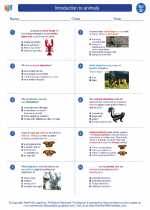
 Worksheet/Answer key
Worksheet/Answer key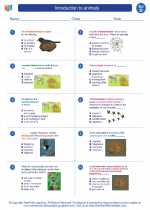
 Vocabulary/Answer key
Vocabulary/Answer key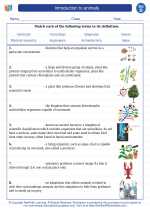
 Vocabulary/Answer key
Vocabulary/Answer key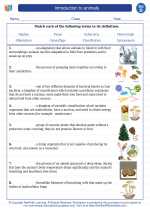
 Vocabulary/Answer key
Vocabulary/Answer key
 Vocabulary/Answer key
Vocabulary/Answer key